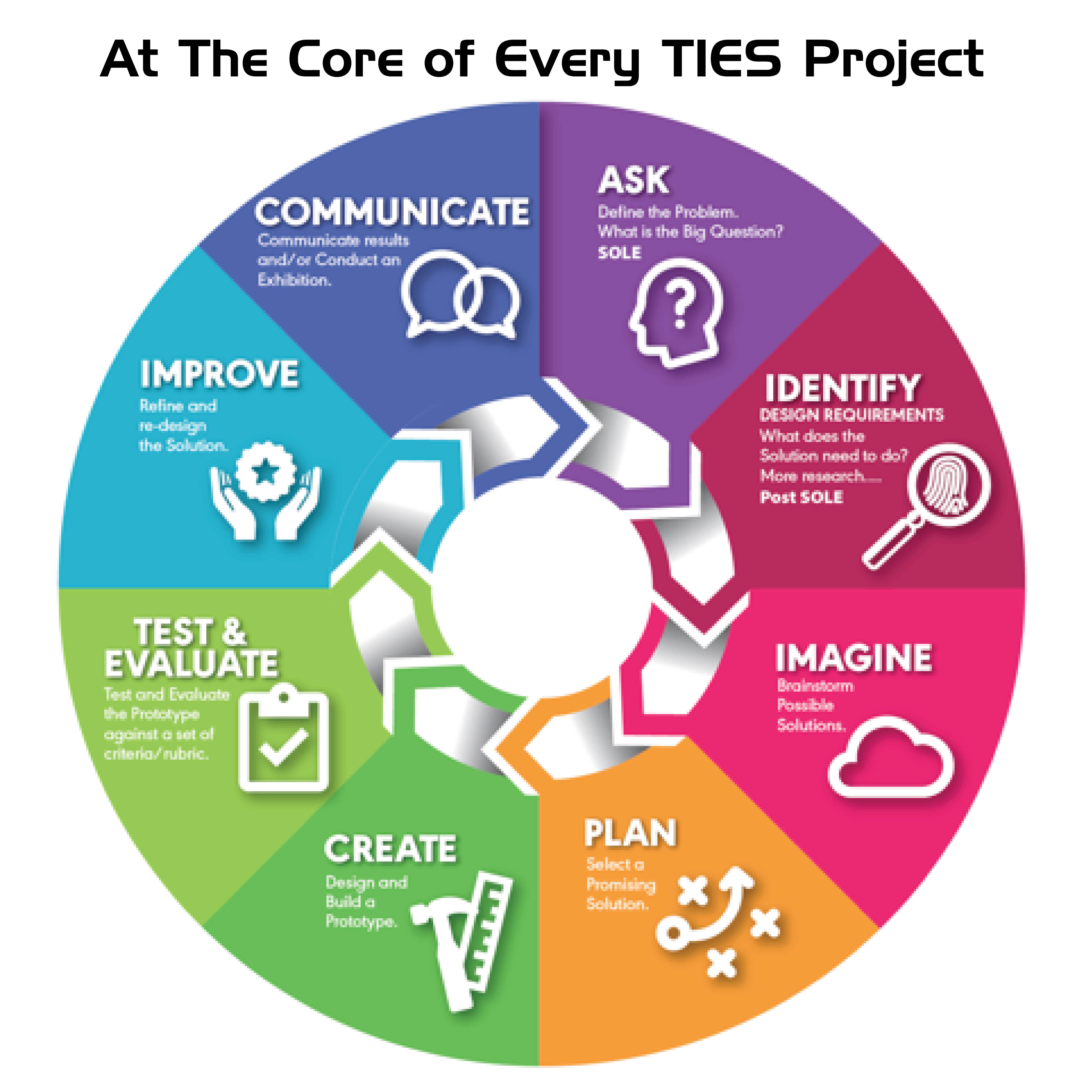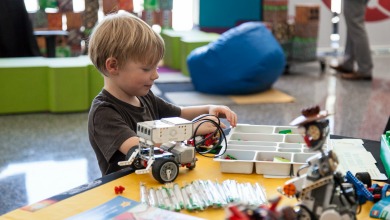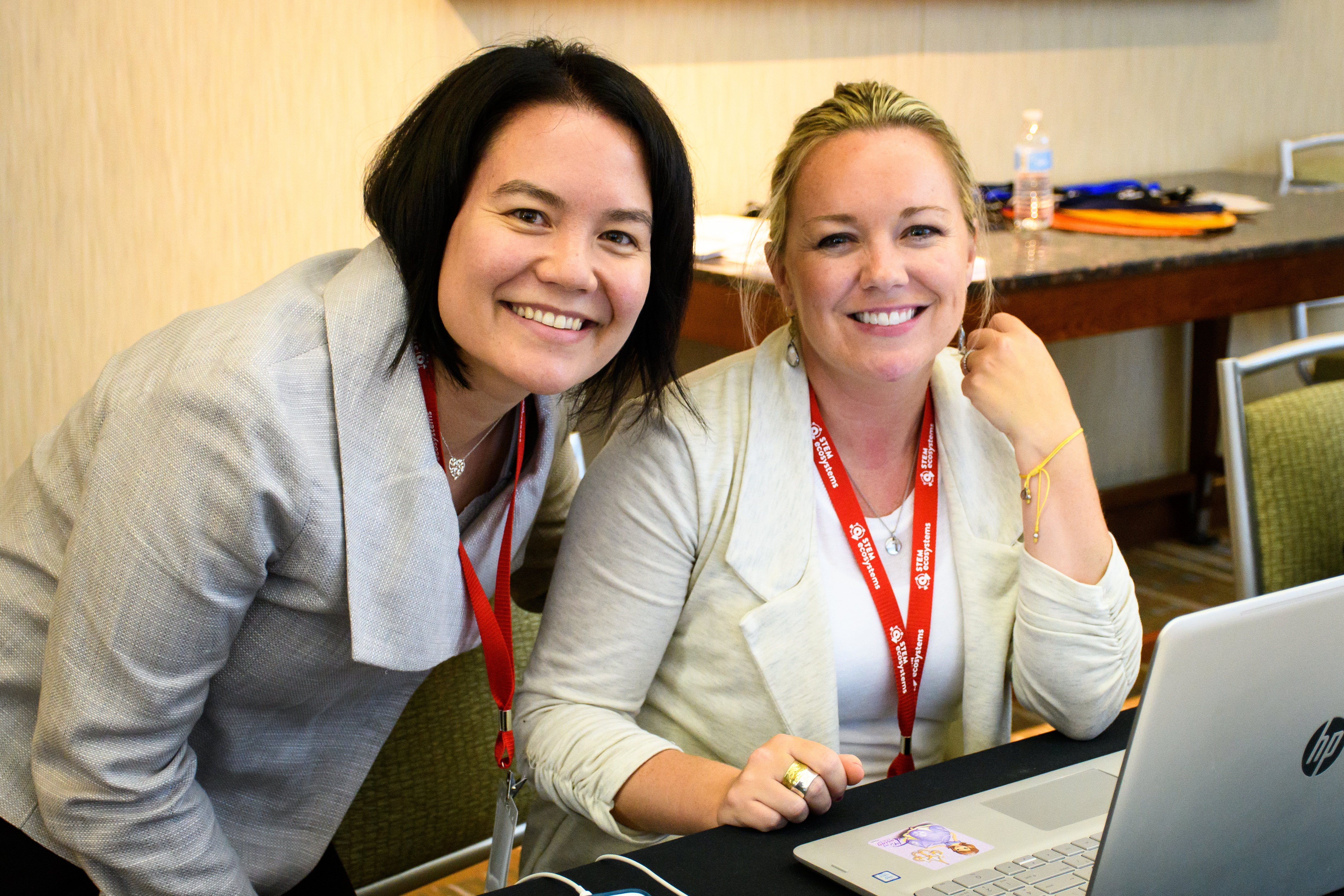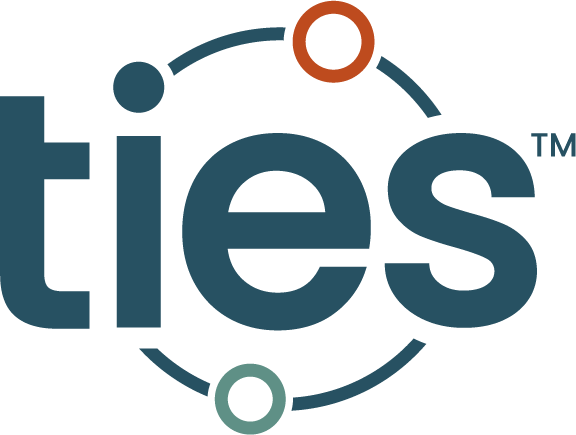Our Mission
At TIES, our mission is to enhance education and employment outcomes, fostering a more prosperous and equitable society.
Driving Progress in Education and Employment
We collaborate with a diverse set of clients ranging from individual school districts to multinational corporations to entire states or countries.
If you have a desire to improve STEM and economic opportunity, TIES can be your partner for progress.
COLLABORATING TO DEFINE STEM
Our Approach
The Engineering Design Process
At the heart of every project we touch is the Engineering Design Process. A cyclical construct for solving problems, it includes eight key steps: Ask, Identify Design Requirements, Imagine, Plan, Create, Test & Evaluate, Improve and Communicate.
The process ensures that possible issues and/or implications are appropriately identified, considered and monitored throughout design and project implementation. Ultimately, using the engineering design process enables teams to establish the same vision and outcomes, and, from that, to build programs and practices that support the needs and desires of the collective group.
In great anticipation of an AP in engineering, TIES celebrates the Engineering Design Process (EDP) and graphic.

Our Process
We follow a phased process in all of our projects that guide the project from conception to implementation to impact and sustainability.
Listen and Learning Phase

Preliminary Research
Benchmark the work based on research and existing models and fully assess the local STEM landscape to determine assets, STEM resources, and workforce and economic development opportunities.

Focus Groups
Facilitate focus groups with cross-sector stakeholders representing businesses, post secondary institutions, K-12 schools, non-profits, families and community members to determine the area’s STEM climate and pinpoint potential opportunities for ongoing support and collaboration.

STEM Surveys
Offer a series of stakeholder surveys to uncover STEM attitudes, awareness and assets within a community. The findings are combined with other series in our Listening and Learning approach, and leveraged in our design work to build on assets and inform opportunities.

Learning Tours
Facilitate visits to exemplar STEM facilities and programs to offer insight into the practices for adoption or change in a given school or community.
Design Phase

Design Studios
Facilitate meetings focused on cultivating collaboration and engagement among STEM professionals, community leaders and stakeholders. Design studios can be categorized using the Rensselaer Polytechnic Institute Design Studio concept and include innovation, accountability, learning and leading, collaborative investment, measurement, ecosystem management and more. Sessions establish relationships to ensure the project’s support and sustainability.

Design Blueprint
Co-design a Design Blueprint, an actionable tool defining all the prioritized strategies and tasks for implementation to ensure a robust launch and intended impacts. The tool offers an embedded project plan that is prioritized with technical assistance from TIES.
Implementation Phase
Sustainability and Transition Phase



STEM Access For All Learners
As one of the nation’s leading STEM consulting firms, TIES is dedicated to making STEM accessible to everyone, especially underserved and underrepresented learners.
We believe that a quality STEM education is the right of every child.
TIES is the designer and co-creator of the STEM Learning Ecosystems Community of Practice, a nationally recognized force for critical gains in STEM and STEM equity across the world. With nearly 100 ecosystems, serving an estimated 40 million students, STEM Learning Ecosystems bring together cross-sector partners from business and industry, K-12 and higher education, non-profits and after-school, government and philanthropy to work together to improve STEM opportunities, especially for underserved students and communities of color.
The STEM Learning Ecosystems, recognized as the top strategy by the U.S. Office of Science, Technology Policy, have been credited with driving measurable and meaningful gains for students and families in urban and rural areas across the U.S. as well as in Mexico, Canada, Kenya and Israel.
We Believe
- STEM is a tremendous force for social mobility and equity.
- A quality STEM education is the right of every child and learner in our country and is possible with the proper tools and inspired leadership.
- STEM is now a decade old and continues to evolve. It is demanding of vision, innovation and continued transformation of existing systems to those that support solving grand challenges.
- From DaVinci to working to place humans on Mars, the engineering design process is the foundation for a great education that drives all learners to be innovative, iterative and to love STEM.
